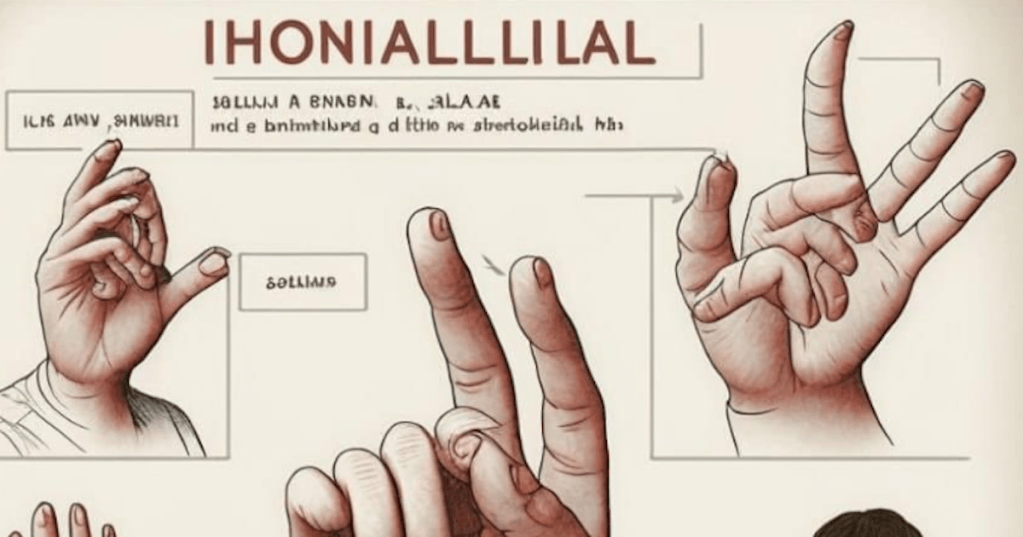To date, artificial intelligence (AI) has been successfully used in the fields of personalized shopping, fraud prevention, content generation, and many more. Despite these wins, technology continues to struggle with human images, specifically teeth and hands.
Photo Credit: Pexels
Today, we’ll discuss hands and fingers. You can imagine the Twitter uproar at the sight of an AI-generated sign language manual. Mobile games creative director Elizabeth Sampat uses the nightmarish digits to reassure the world that robots won’t be taking over just yet.
Someone asked AI to make a sign language manual, in case you’re worried that we’ll all be out of a job soon pic.twitter.com/usCxNOj3p0
— Elizabeth Sampat (@twoscooters) January 28, 2023
When you sign in a hurry and end up making a lil homunculus. pic.twitter.com/6ooEP1kTp7
— pupp3tStudios (@pupp3tStudios) January 30, 2023
This is American Sign Language for “All Hail the Fallen Ones, ageless and tentacled, who howl in the endless void.” pic.twitter.com/OHbk67WJVk
— Ahab (@Ahab_Of_Gilead) January 30, 2023
Artificial intelligence is very good at recognizing and replicating those patterns, which is a liability when it comes to the complex features of hands and fingers. Even live humans find drawing hands to be incredibly difficult.
“Due to the complex geometry of hands, there is no standard set of lines or shapes that AI can recognize as a hand,” designer and AI expert, Jim Nightingale, explained in a blog post. “In order to generate realistic hands, AI needs to collate multiple different shapes and arrangements. There are about 30 points of geometric divergences in the human hand, from finger length and width to the metacarpals and wrist joints.”
Perhaps instead of fearing these shape-challenged bots, we should help them. Maybe by joining forces, we’ll create more jobs, or at the very least, we can stop the dissemination of mouths crammed with teeth and fingers that don’t spontaneously split and replicate.
